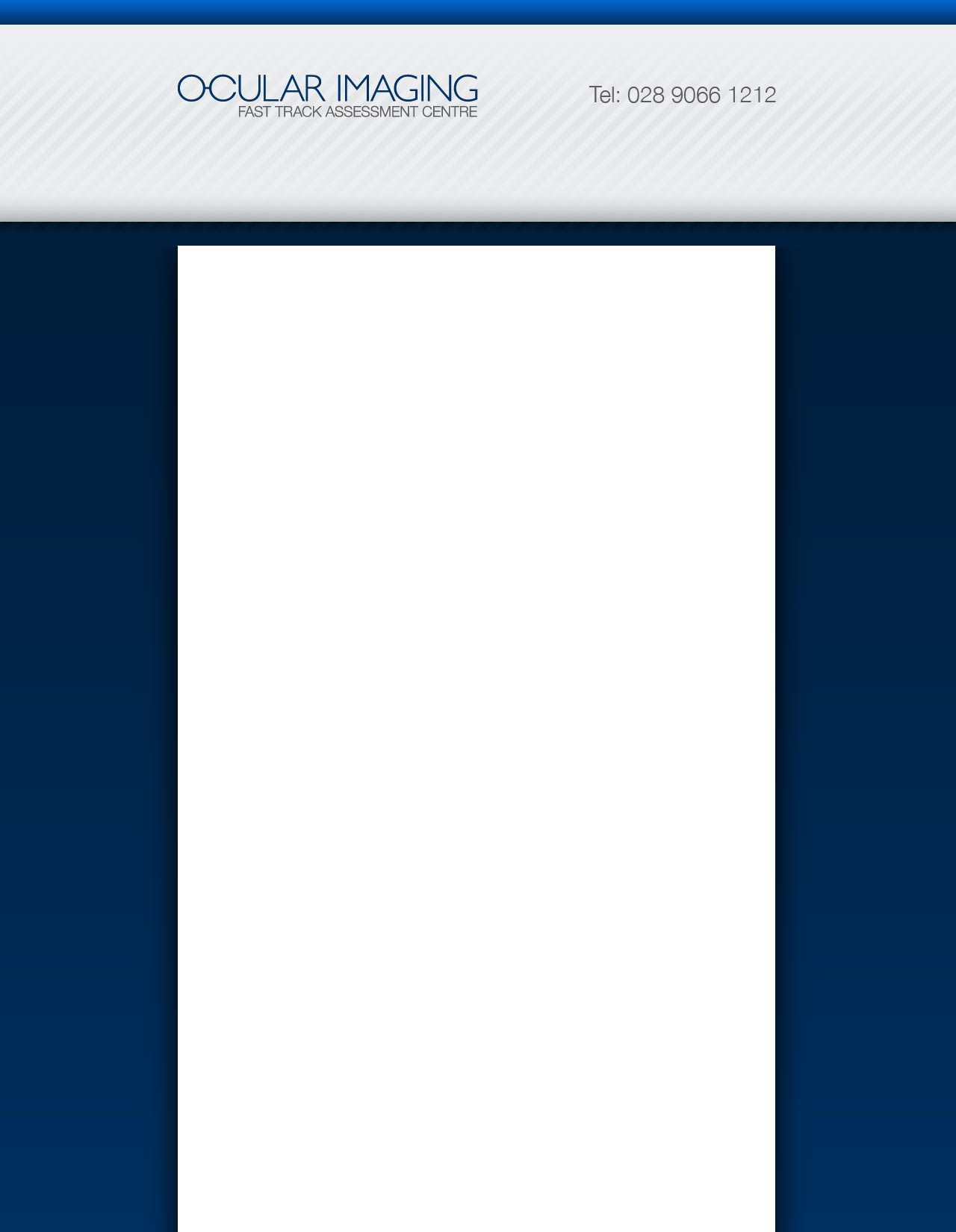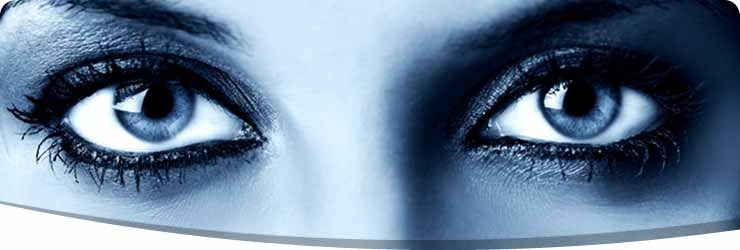The facility utilises the most advanced retinal imaging technology currently available.
- Next generation of 2D/3D Optical Coherence Tomography (OCT) equipment. Ultra High Speed Optovue RTVue-100.
- High resolution, cross sectional images - “optical biopsy” of the retina in vivo. 26,000 A scans per second.
- Zeiss Visucam pro NM/FA camera system. This system has superior image quality combined with the hardware and software required to record display and document fluorescein angiography.
Optical coherence tomography (OCT)
is a powerful non invasive diagnostic imaging technology that provides high resolution, cross sectional images of the eye. In Ophthalmology, OCT has a broad range of clinical applications because of its ability to perform “optical biopsy” of the retina. The retina is the multi-layered sensory tissue lining the back of the eye. OCT allows us to visualize this in cross section. Recently there have been dramatic advances in OCT technology using Spectral/Fourier domain (FD) detection that enables imaging speeds of ~26,000 axial scans per second. High speed FD detection enables us to register OCT images to fundus features making it possible to pinpoint a specific pathology on the fundus image and to study the same pathology on the corresponding cross sectional OCT image. FD OCT promises to advance our understanding of disease mechanisms, disease progression and patient response to treatment by allowing specific pathology to be followed longitudinally from visit to visit.
RTVue-100
RTVue is an ultra-high speed, high resolution OCT retina scanner used for retina imaging and analysis. It is based on the next generation Fourier-Domain Optical Coherence technology just emerging from clinical research in the last two years. The ultra-high speed and high resolution features enable the FD-OCT to visualize the retinal tissue with ultra-high clarity in a fraction of seconds.
VISUCAMNM/FA
The combination of fluorescein angiography and non-mydriatic fundus imaging permits the documentation, as well as the comprehensive assessment and management of typical diseases of the eye such as diabetic retinopathy, glaucoma and age-related macular degeneration.
The following capture modes are available with the VISUCAM NM/FA:
• Fluorescein angiography
• Color fundus
• Red-free
• Blue and red wavelength range
• Anterior segment
All-in-one design for effieciency and superior results
Fundus Photography Photos
The ocular fundus is the inner lining of the eye made up of the Sensory Retina, the Retinal Pigment Epithelium, Bruch's Membrane, and the Choroid. The Fundus, or inner lining, of the eye is photographed with specially designed cameras through the dilated pupil of the patient. This painless procedure produces a sharp view of the retina (en face), the retinal vasculature, and the optic nerve head (optic disc) from which the retinal vessels enter the eye. The optic disc measures about 1.5mm in diameter. The vessels form an arc around the macula which produces the central 20 degrees of vision. At the center of the macula lies the tiny fovea, measuring only 500 microns across, which is responsible for our most central reading vision. Color Fundus Photogaphy is used to record the condition of these structures in order to document the presence of disorders and monitor their change over time.
Fluorescein Angiography FA’s
A fluorescein angiogram (fluorescein - the type of dye that is used; angiogram - a study of the blood vessels - in this case, the retina) is a valuable test that provides information about the condition of the retina. FAs are useful for evaluating many eye diseases that affect the retina in the back of the eye.
The study is performed by injecting a sodium-based dye into an arm vein. The dye appears in the blood vessels in the retina after 10-15 seconds on average. As the dye travels through the retinal blood vessels, the photographer shoots pictures of the retina with the special retinal camera. If there are any abnormalities on the retina, the dye will usually reveal them by leaking, staining or by its inability to get through blocked blood vessels.

